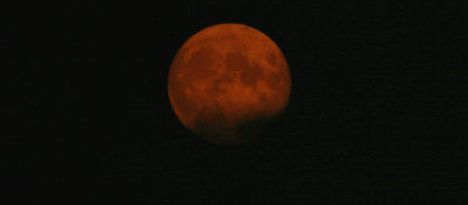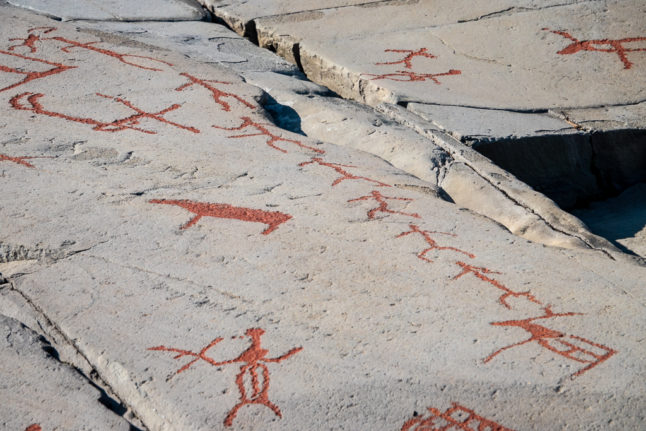The total moon eclipse, which occurs when the moon passes behind the earth so that the earth blocks the sun’s rays from striking it, will start at 7.23 p.m. but the most visible effect is expected two hours later, reports said.
The next total lunar eclipse will occur on Sept. 28, 2015, while the last one was recorded last December.



 Please whitelist us to continue reading.
Please whitelist us to continue reading.